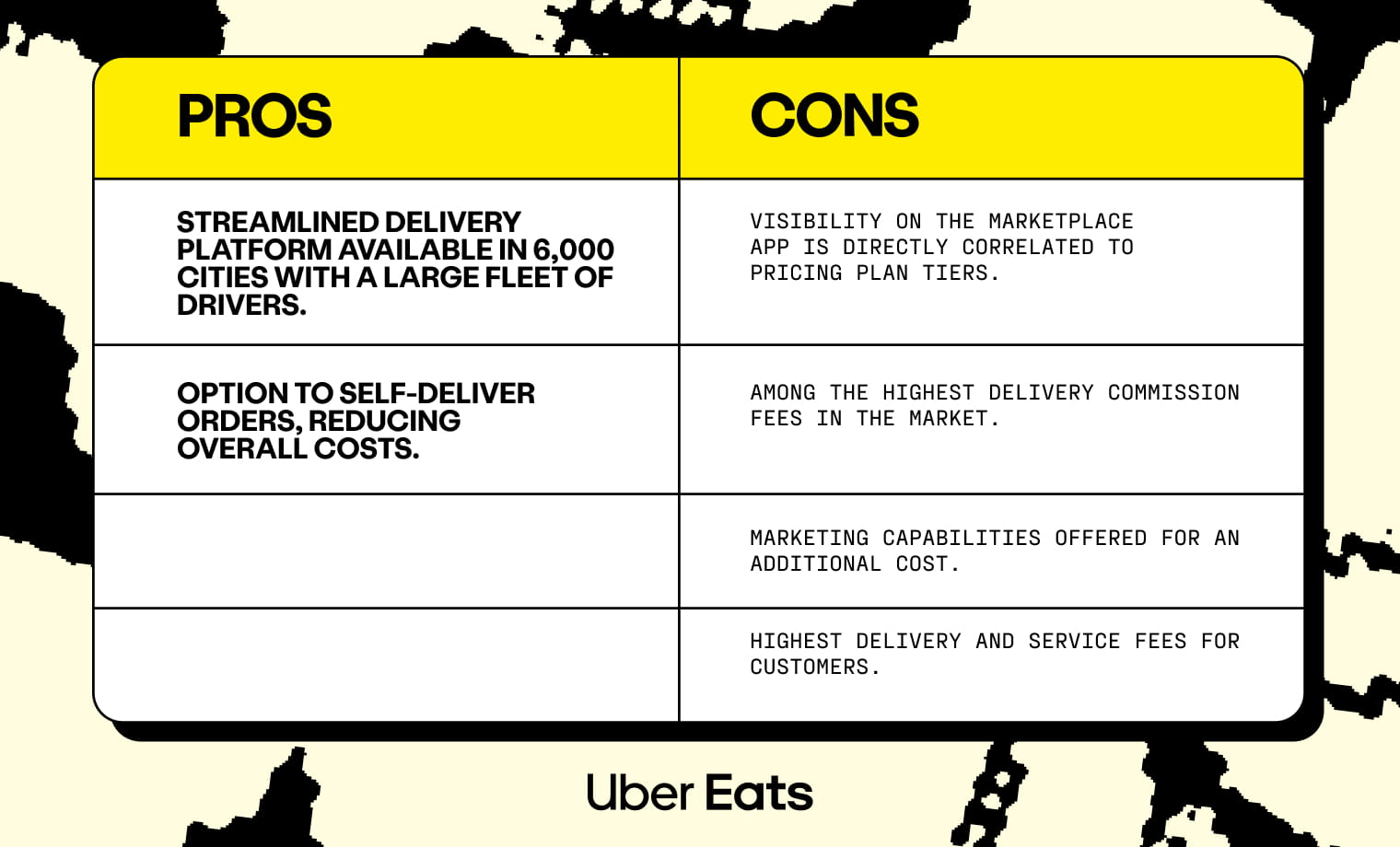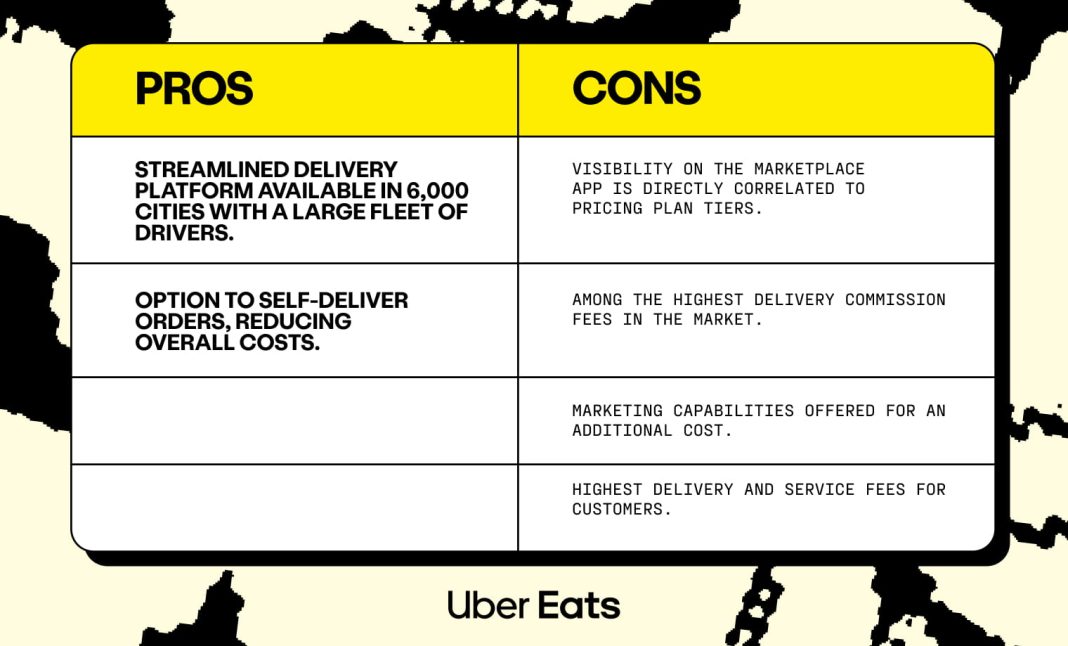 The rising popularity of third-party food delivery apps like Grubhub, DoorDash, and Uber Eats has created a complex equation of service fees, delivery costs, and worker tips for both customers and restaurants. According to a report by Technomic, consumers have reported higher yearly increases in their total checks on third-party apps compared to ordering directly through restaurant sites. Despite the promotion of paid memberships to reduce fees, consumers still claim to pay more on average for third-party orders. This comes at a time when Americans are watching their wallets due to persistent inflation.
The rising popularity of third-party food delivery apps like Grubhub, DoorDash, and Uber Eats has created a complex equation of service fees, delivery costs, and worker tips for both customers and restaurants. According to a report by Technomic, consumers have reported higher yearly increases in their total checks on third-party apps compared to ordering directly through restaurant sites. Despite the promotion of paid memberships to reduce fees, consumers still claim to pay more on average for third-party orders. This comes at a time when Americans are watching their wallets due to persistent inflation.
Customers have expressed frustration over the increasing fees associated with third-party delivery services. Zainab Batool, a San Francisco resident, mentioned that the added fees have become “insane” and have continued to rise over the years. A study by Gordon Haskett Research Advisors found that the premium charged by restaurants for third-party delivery menus has nearly doubled since 2020.
In response to the rising costs, delivery companies like Grubhub, DoorDash, and Uber have stated that they aim to keep fees as low as possible while still maintaining their business. Grubhub, which is owned by Just Eat Takeaway, has mentioned that the costs associated with handling deliveries have risen, leading to adjustments in fees. DoorDash, on the other hand, has lowered fees for consumers over the past two years while seeing an increase in active users and order frequency.
Uber, which has seen major gains in its delivery business, reported significant earnings in 2023. A spokesperson for Uber stated that fees for orders on Uber Eats help pay delivery people and cover platform costs, ensuring reliable delivery.
The fees associated with third-party delivery apps have become increasingly complicated for customers to understand. Each platform charges a delivery fee and a separate service fee, which can vary depending on multiple factors. Customers often do not know the total cost of their order until they reach the checkout stage, leading to frustration and added friction.
For restaurants, partnering with third-party delivery services offers the potential for more exposure and customers. However, the pricing structure of these services can be challenging. Restaurants pay commission charges ranging from 15% to 30% of the order total to be listed on platforms like Uber Eats and DoorDash. Grubhub Marketplace charges a marketing commission between 5% and 10% of each order, as well as an order processing fee and a 10% delivery fee.
Restaurant owners have expressed mixed feelings about using third-party delivery services. While the costs can be high, especially for smaller businesses, the potential for increased sales and exposure makes it difficult to ignore these platforms. Tony Scardino, the owner of Professor Pizza in Illinois, mentioned that the apps’ pricing is “predatory” but using their delivery services is still worth it for his business.
To alleviate some of the pressure on consumers, third-party delivery services have introduced monthly membership options that offer benefits like free delivery on every order. Grubhub+, DashPass, and Uber One are the premium memberships offered by Grubhub, DoorDash, and Uber, respectively. These memberships aim to attract more customers and provide discounts for loyal users.
Despite the elimination of delivery charges with these subscriptions, the service fee and any local variations still apply. Tipping also remains a significant cost for customers, and many feel that it’s the only way they can ensure delivery drivers are properly compensated.
In conclusion, the rise of third-party food delivery apps has brought convenience to customers but also added complexities in the form of service fees, delivery costs, and tips. While these services offer benefits for both customers and restaurants, the increasing costs have led to frustrations and raised questions about the fairness of the fees charged by these platforms. As the industry continues to evolve, it will be important for companies to find a balance that benefits all parties involved.

